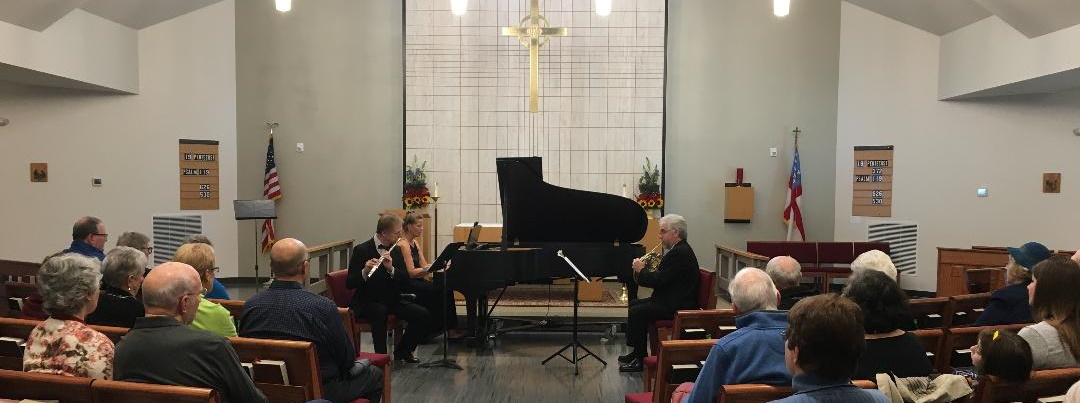Each afternoon at the monastery at 5:20 pm, there was a period of thirty minutes in the chapel for adoration of the blessed sacrament. A consecrated host was displayed on the altar in a small silver frame. The sunlight from the high windows poured down on it, and the red sandstone cliffs above glowed with the afternoon sunlight. It’s very peaceful to be in such a place with forty other people in pure silence.
I used this time to commune with Christ and to reflect on my life and the calling Jesus has given me – my calling as a priest, a husband, a father, a son, and a brother, and a friend to others. This kind of life review helps set things in perspective, and I tried to listen for God’s guidance and direction. Thirty minutes can pass very quickly this way.
My retreat at the monastery was like a crash course on Roman Catholicism. Growing up in the Methodist Church, I somehow got the idea that the Roman Catholic Church taught some kind of hocus-pocus, a voodoo religion based on meaningless ritual and outward performance. But as I have explored the Christian faith, I find myself drawn to the contemplative life of daily prayer and the deep symbolism of the Eucharist. These “catholic” elements have deepened the relationship with Jesus that I inherited from my Methodist upbringing. My time at the monastery helped bring these different strands together.
My room at the guest house was small and simple – a very comfortable twin bed, a small desk and chair, a night stand and a small wooden wardrobe. It was quiet and peaceful and all that I needed. The timbers overhead gave a solid, rustic feeling. The bathroom was a few steps down the outside corridor. A five minute walk would brought me to the chapel and the refectory where we took our meals. The architecture of all the buildings was authentic Southwestern adobe and timber framing, strikingly beautiful and very restful.
During my six days at the monastery I met a number of other guests, mostly devout people in their 60s and 70s (I noticed several Episcopalians!). Most people kept silence generally, although we were able to chat in the common room. There were a few guests who couldn’t keep from talking: the loquacious good ol’ boy salesman from Louisiana and the chipper yoga teacher/spiritual dilettante from Portland.
The rules of the monastery prevented contact between the monks and the guests except for coffee hour after the Sunday Eucharist. I took the opportunity to talk with a few of the monks – one from Vietnam, one from Chicago, and Martin, from Kenya. Martin told me he had been a monk in Kenya for twenty years before coming here. At his monastery in Kenya they prayed about half as much as they do here, because they spent a lot of time in the community, visiting and preaching. I asked how long he thought he would stay in this monastery. “The rest of my life, God willing,” he said.
Because many of the monks come from other countries, the monastery offers them classes in English as a Second Language, to help the monks speak without a heavy accent.
The monastery appears to be healthy financially. The buildings and equipment are well-maintained, the altar appointments and vestments are stunning, and the gift shop and website are modern and up to date. There is a wide community of supporters and oblates connected to the monastery, and the influence of the monastery is obviously quite broad, judging by the number of guests.
My time at the monastery was restful and refreshing. It slowed me down and helped me focus. Many people come back year after year for their annual retreat, and I can see why. Maybe next year I’ll find a way to return.


You must be logged in to post a comment.